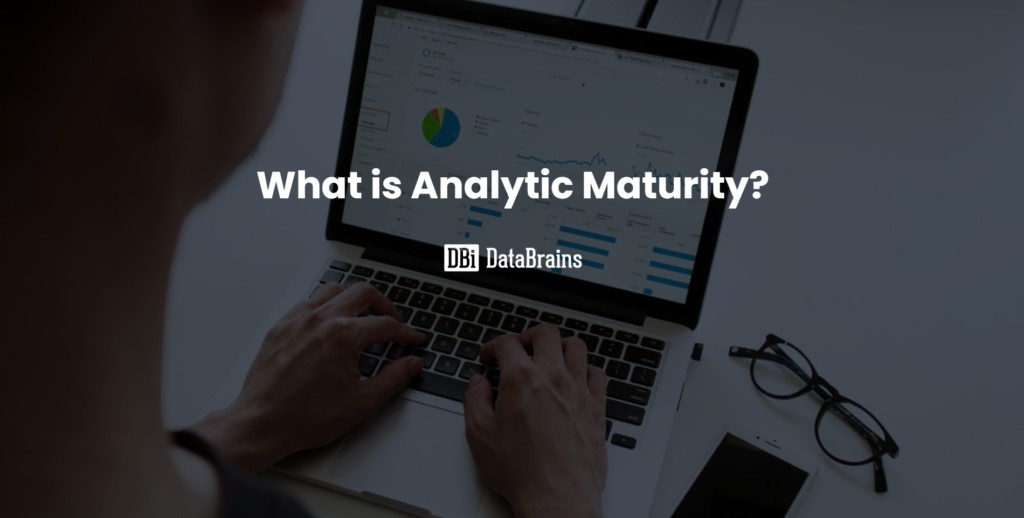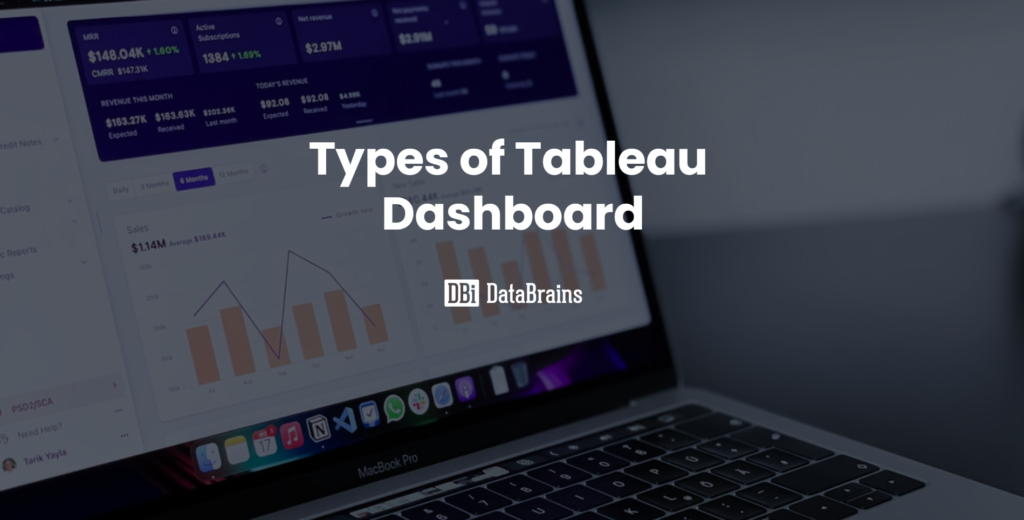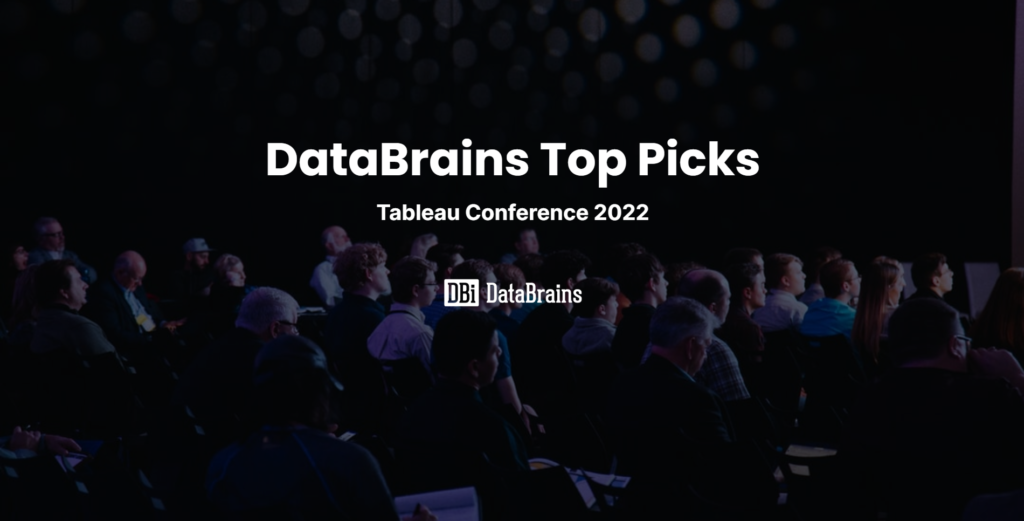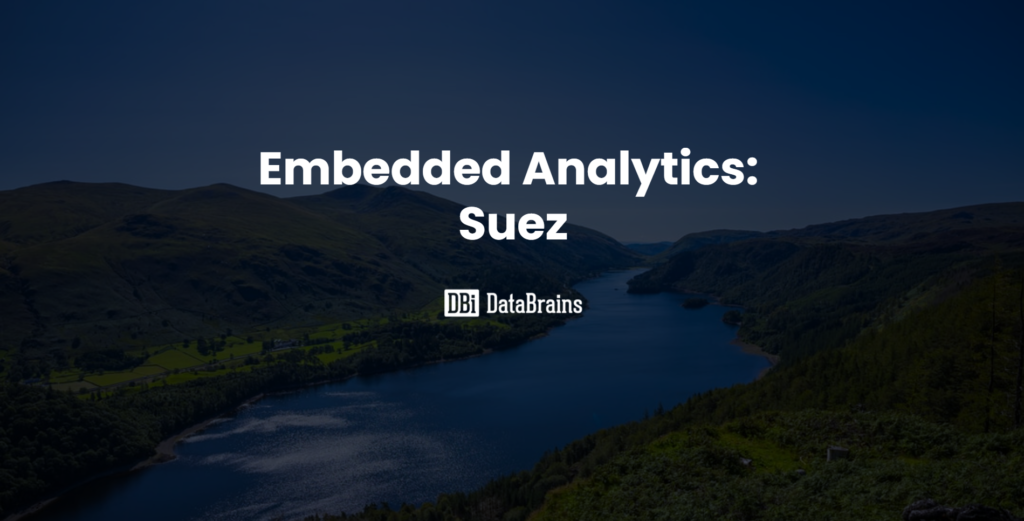Data analytics are revolutionizing business processes, changing the way that we think about products and services, the customer experience, organizational processes and more. These changes have the potential to revolutionize business, but can also be applied to other types of organizations: nonprofits and educational institutions among them.
A recent study¹ found that only 22% of educational institutions have adopted big data as a strategic tool – leaving the education industry lagging in last place compared to telecommunications, finance, healthcare, and technology.
While educational institutions have been slow to adopt, there are many ways that data analytics can help higher ed achieve the results that are most important to their success. In fact, in August 2019², three higher educational associations signed a joint statement, calling on colleges and universities to commit to using data and analytics to make better strategic decisions.
Data analytics provides the foundation for a proactive, data-driven approach to educational initiatives. Specifically, data analytics can provide real, measurable results to help you:
- Discover if educational objectives are being achieved
- Assess skills and abilities students have acquired
- Identify ‘at-risk’ students for timely intervention
- Monitor the performance and progress of students over time
- Measure the effect of changes to curricula, scheduling, and educational initiatives
For example, Georgia State University³ applied data analytics to student retention, and increased graduation rates by 7% overall; with the greatest gains among African-American males, whose graduation rate increased from 18% to 55%. Temple University⁴ applied data analytics to more than double their four-year graduation rates with a program that provides emergency financial intervention for at-risk students.
With all of the advantages that data analytics can provide, why haven’t more schools adopted this technology? There are barriers to applying this technology that educational institutions can find difficult to overcome. These include:
- Gaining organizational buy-in across a variety of departments (each with their own priorities)
- Setting realistic goals
- Managing the extended timeframe to implementation and resistance to change
- Concerns about privacy and security
Selecting a partner with expertise in learning analytics can help to accelerate the transformation, providing the platform for fast, easy implementation and useful data management and reporting. The right partner can even help improve buy-in from key stakeholders throughout the institution.
DataBrains offers educational institutions a compliant, accelerated path to data analytics for actionable insights to improve organizational strategies in a variety of areas. In just a few weeks, DataBrains can help you define strategic objectives, gather data, build analytical architecture and create comprehensive analytics and reporting dashboards for ongoing data management and analytics activities.
Work with a Data Management Partner
DataBrains is also a premier Tableau provider, offering data management, business intelligence, and advanced analytics, along with comprehensive training services. Even if you are not a data scientist, you can gain the skills necessary to use analytics to improve your institution – for the students, faculty, and administration.
If you are interested in transforming your business to achieve its full potential with cutting-edge data management tools, speak with our data experts to explore data modernization solutions that will help drive your business success.









